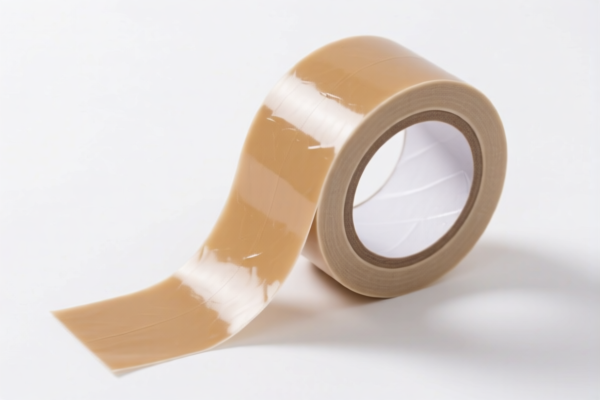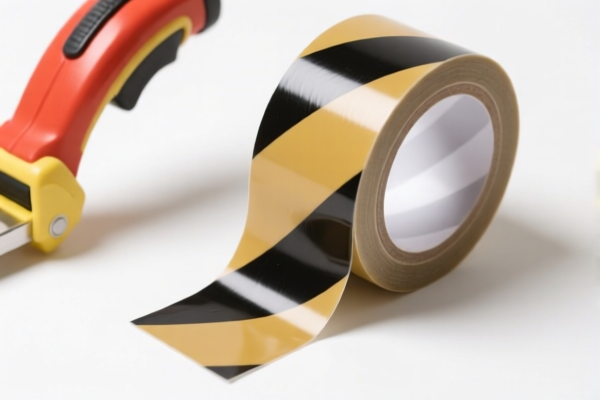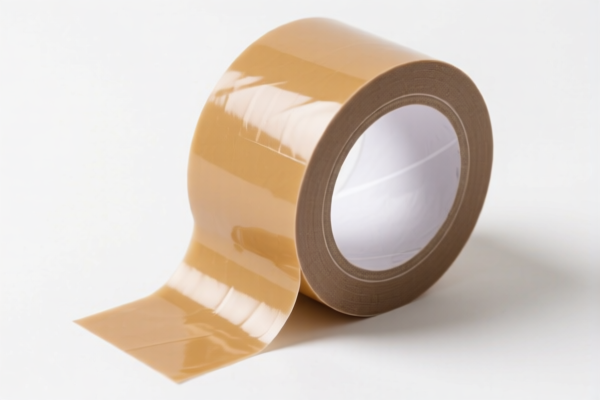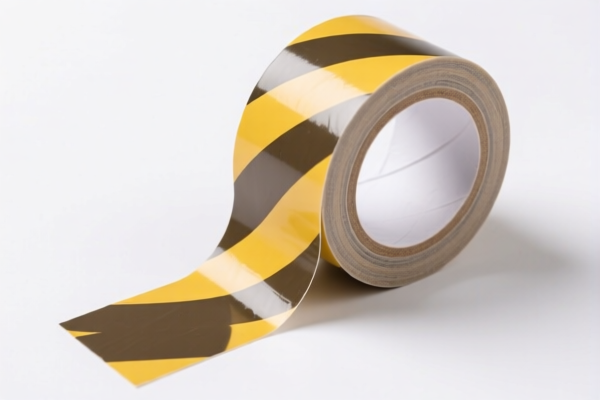| HS Code | Official Doc | Tariff Rate | Origin | Destination | Effective Date |
|---|---|---|---|---|---|
| 3919101010 | Doc | 61.5% | CN | US | 2025-05-12 |
| 3919101010 | Doc | 61.5% | CN | US | 2025-05-12 |
| 3926904510 | Doc | 58.5% | CN | US | 2025-05-12 |
| 3926904590 | Doc | 58.5% | CN | US | 2025-05-12 |
| 4823906000 | Doc | 55.0% | CN | US | 2025-05-12 |
| 4823908000 | Doc | 55.0% | CN | US | 2025-05-12 |
| 4821904000 | Doc | 55.0% | CN | US | 2025-05-12 |
| 4821902000 | Doc | 55.0% | CN | US | 2025-05-12 |




Anti-Slip Strip Pad
An anti-slip strip pad is a small, typically rectangular piece of material designed to increase friction between two surfaces, preventing sliding or movement. They are widely used in diverse applications to enhance safety and stability.
Material
Common materials used in the construction of anti-slip strip pads include:
- Rubber: Natural or synthetic rubber is frequently employed due to its high coefficient of friction and durability. Different rubber compounds offer varying levels of grip and resistance to wear and environmental factors.
- Polyurethane: Offers excellent abrasion resistance, high load-bearing capacity, and resistance to oils and solvents.
- PVC (Polyvinyl Chloride): A cost-effective option, suitable for lighter-duty applications.
- Silicone: Provides good heat resistance and flexibility, often used in applications involving higher temperatures.
- Foam: Often combined with rubber or other materials to provide cushioning and shock absorption, as well as grip.
- Abrasive Particles: Materials like aluminum oxide or silicon carbide are often embedded in the base material to increase friction.
Purpose
The primary purpose of an anti-slip strip pad is to reduce the risk of slips and falls by:
- Increasing Friction: Providing a higher coefficient of friction between the pad and the surfaces it contacts.
- Preventing Movement: Holding objects or surfaces in a fixed position.
- Reducing Vibration: Some pads offer damping properties to minimize vibration and noise.
- Protecting Surfaces: Preventing scratches or damage to underlying surfaces.
Function
Anti-slip strip pads function by creating a mechanical interlock between the pad and the surfaces. This is achieved through:
- Adhesion: The pad material adheres to the surfaces through intermolecular forces.
- Deformation: The pad conforms to the irregularities of the surfaces, increasing the contact area.
- Surface Texture: A textured surface provides additional grip by interlocking with the surfaces.
Usage Scenarios
- Home Use: Under rugs and carpets to prevent sliding, in bathrooms to prevent slips, on stairs for added safety.
- Industrial Applications: On machinery to prevent movement, under equipment to protect floors, on work surfaces to provide a stable base.
- Automotive: Under floor mats, on dashboards to hold devices in place.
- Marine: On boat decks to provide traction in wet conditions.
- Furniture: Under furniture legs to protect floors and prevent sliding.
- Electronics: Under electronic devices or components to prevent movement.
Common Types
- Solid Rubber Pads: Durable and provide excellent grip.
- Open-Grip Pads: Feature holes or channels to allow water or debris to pass through, suitable for wet environments.
- Self-Adhesive Pads: Feature an adhesive backing for easy installation.
- Foam Pads: Provide cushioning and shock absorption in addition to grip.
- Textured Pads: Feature a raised pattern or texture to increase friction.
- Woven Pads: Constructed from woven materials for increased durability and flexibility.
- Custom-Shaped Pads: Available in various shapes and sizes to fit specific applications.
Based on the material, use, and application scenarios, “anti slip strip pad” can be classified under several HS codes, depending on its composition. Here's a breakdown of potential classifications based on the provided information:
- 3919101010: Self-adhesive plates, sheets, film, foil, tape, strip and other flat shapes, of plastics, whether or not in rolls: In rolls of a width not exceeding 20 cm: Having a light-reflecting surface produced in whole or in part by glass grains (ballotini) Pavement marking tape. This code applies if the strip pad is made of plastic, self-adhesive, and potentially used for pavement marking (though it doesn’t have to be exclusively for this purpose). The tax rate is 61.5% (Base tariff: 6.5%, Additional tariff: 25.0%, Post-April 2, 2025, additional tariff: 30.0%).
- 3926904510: Other articles of plastics and articles of other materials of headings 3901 to 3914: Other: Gaskets, washers and other seals O-Rings. If the anti-slip strip pad functions as a seal or gasket made of plastic, this code may be applicable. The tax rate is 58.5% (Base tariff: 3.5%, Additional tariff: 25.0%, Post-April 2, 2025, additional tariff: 30.0%).
- 3926904590: Other articles of plastics and articles of other materials of headings 3901 to 3914: Other: Gaskets, washers and other seals Other. This code is a broader classification for other plastic articles functioning as seals or gaskets. The tax rate is 58.5% (Base tariff: 3.5%, Additional tariff: 25.0%, Post-April 2, 2025, additional tariff: 30.0%).
- 4823906000: Other paper, paperboard, cellulose wadding and webs of cellulose fibers, cut to size or shape; other articles of paper pulp, paper, paperboard, cellulose wadding or webs of cellulose fibers: Other: Other: Other: Of coated paper or paperboard: Gaskets, washers and other seals. If the strip pad is made of coated paper or paperboard and functions as a gasket or seal, this code applies. The tax rate is 55.0% (Base tariff: 0.0%, Additional tariff: 25.0%, Post-April 2, 2025, additional tariff: 30.0%).
- 4823908000: Other paper, paperboard, cellulose wadding and webs of cellulose fibers, cut to size or shape; other articles of paper pulp, paper, paperboard, cellulose wadding or webs of cellulose fibers: Other: Other: Other: Other: Other: Gaskets, washers and other seals. This is a broader classification for other paper-based articles functioning as gaskets or seals. The tax rate is 55.0% (Base tariff: 0.0%, Additional tariff: 25.0%, Post-April 2, 2025, additional tariff: 30.0%).
- 4821904000: Paper and paperboard labels of all kinds, whether or not printed: Other: Other. If the strip pad is a paper or paperboard label, this code may be applicable. The tax rate is 55.0% (Base tariff: 0.0%, Additional tariff: 25.0%, Post-April 2, 2025, additional tariff: 30.0%).
- 4821902000: Paper and paperboard labels of all kinds, whether or not printed: Other: Self-adhesive. If the strip pad is a self-adhesive paper or paperboard label, this code applies. The tax rate is 55.0% (Base tariff: 0.0%, Additional tariff: 25.0%, Post-April 2, 2025, additional tariff: 30.0%).
Important Note: The correct HS code depends on the material composition and function of the “anti slip strip pad”. Please verify the material and intended use to determine the most accurate classification.
Customer Reviews
The information on the 58.5% tariff for HS code 3926904590 was exactly what I needed for a custom plastic anti-slip pad project.
The breakdown of HS code 4821902000 for self-adhesive paper labels was very useful. I didn't know it could be used for anti-slip pads as well.
I was looking for HS codes for rubber anti-slip pads, and the 3919101010 code with the 61.5% tariff was exactly what I needed. Great detail on the materials.
The page is informative, but I found the list of HS codes a bit overwhelming. Maybe grouping them by material would help more.
Great resource for understanding the different HS codes for anti-slip strip pads. The 3926904510 code was exactly what I needed for a plastic seal application.